Grade 12 Earth and Space Science, University Preparation
This course focuses on the Earth as a planet, and on the basic concepts and theories of Earth science and their relevance to everyday life. Students will examine the Earth’s place in the solar system and, after a general introduction to Earth science,will explore in more detail the materials of the Earth, its internal and surficial processes, and its history. The course draws on astronomy, biology, chemistry, mathematics, and physics in its consideration of geological processes that can be observed directly or inferred from other evidence.
I've never taught this course, but as a space nut for years I've gathered a fair amount of material.
Copyright on all materials on this site is retained by the authors. You are granted a limited license to reproduce these resources for classroom use, provided the copyright notices are not removed. Charging a fee for these resources, or distributing them in any way outside your classroom, is prohibited.
The Earth As a Planet
In Our Time: The Earth’s Core
In Our Time is a wonderful series on BBC Radio 4.
Melvyn Bragg and his guests discuss the Earth's Core. The inner core is an extremely dense, solid ball of iron and nickel, the size of the Moon, while the outer core is a flowing liquid, the size of Mars. Thanks to the magnetic fields produced within the core, life on Earth is possible. The magnetosphere protects the Earth from much of the Sun's radiation and the flow of particles which would otherwise strip away the atmosphere. The precise structure of the core and its properties have been fascinating scientists from the Renaissance. Recent seismographs show the picture is even more complex than we might have imagined, with suggestions that the core is spinning at a different speed and on a different axis from the surface.
With
Stephen Blundell
Professor of Physics and Fellow of Mansfield College at the University of Oxford
Arwen Deuss
Associate Professor in Seismology at Utrecht University
and
Simon Redfern
Professor of Mineral Physics at the University of Cambridge
Producer: Simon Tillotson.
Melvyn Bragg and his guests discuss the Earth's Core. The inner core is an extremely dense, solid ball of iron and nickel, the size of the Moon, while the outer core is a flowing liquid, the size of Mars. Thanks to the magnetic fields produced within the core, life on Earth is possible. The magnetosphere protects the Earth from much of the Sun's radiation and the flow of particles which would otherwise strip away the atmosphere. The precise structure of the core and its properties have been fascinating scientists from the Renaissance. Recent seismographs show the picture is even more complex than we might have imagined, with suggestions that the core is spinning at a different speed and on a different axis from the surface.
With
Stephen Blundell
Professor of Physics and Fellow of Mansfield College at the University of Oxford
Arwen Deuss
Associate Professor in Seismology at Utrecht University
and
Simon Redfern
Professor of Mineral Physics at the University of Cambridge
Producer: Simon Tillotson.
In Our Time: Seismology
In Our Time is a wonderful series on BBC Radio 4.
Melvyn Bragg and guests discuss the study of earthquakes. A massive earthquake in 1755 devastated Lisbon, and this disaster helped inspire a new science of seismology which intensified after San Francisco in 1906 and advanced even further with the need to monitor nuclear tests around the world from 1945 onwards. While we now know so much more about what lies beneath the surface of the Earth, and how rocks move and crack, it remains impossible to predict when earthquakes will happen. Thanks to seismology, though, we have a clearer idea of where earthquakes will happen and how to make some of them less hazardous to lives and homes.
With
Rebecca Bell
Senior lecturer in Geology and Geophysics at Imperial College London
Zoe Mildon
Lecturer in Earth Sciences and Future Leaders Fellow at the University of Plymouth
And
James Hammond
Reader in Geophysics at Birkbeck, University of London
Producer: Simon Tillotson
Melvyn Bragg and guests discuss the study of earthquakes. A massive earthquake in 1755 devastated Lisbon, and this disaster helped inspire a new science of seismology which intensified after San Francisco in 1906 and advanced even further with the need to monitor nuclear tests around the world from 1945 onwards. While we now know so much more about what lies beneath the surface of the Earth, and how rocks move and crack, it remains impossible to predict when earthquakes will happen. Thanks to seismology, though, we have a clearer idea of where earthquakes will happen and how to make some of them less hazardous to lives and homes.
With
Rebecca Bell
Senior lecturer in Geology and Geophysics at Imperial College London
Zoe Mildon
Lecturer in Earth Sciences and Future Leaders Fellow at the University of Plymouth
And
James Hammond
Reader in Geophysics at Birkbeck, University of London
Producer: Simon Tillotson
Introduction to Earth Sciences
Earth Materials
Internal and Surficial Earth Processes
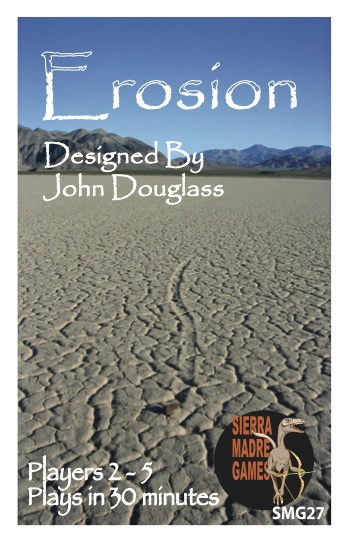
Updated July 9, 2016
Erosion
A card game designed by Dr. John Douglass that nicely covers orogeny and erosion. Copies are a bit hard to find, but worth tracking down.
Dr. Douglass has uses this as a lab in his geology courses. There’s the link:
http://www2.pvc.maricopa.edu/~douglass/erosion_the_game/erosion.html
You can find files and discussion of the game in the Yahoo Group here:
https://groups.yahoo.com/neo/groups/ErosionGame/info
The files include the rules and card designs. There's enough to make a print-and-play version of the game.
Dr. Douglass has uses this as a lab in his geology courses. There’s the link:
http://www2.pvc.maricopa.edu/~douglass/erosion_the_game/erosion.html
You can find files and discussion of the game in the Yahoo Group here:
https://groups.yahoo.com/neo/groups/ErosionGame/info
The files include the rules and card designs. There's enough to make a print-and-play version of the game.
The Rock Cycle Game
A simple card game designed to reinforce the sequence of the rock cycle. Cards represent either materials (such as sedimentary rock) or processes (such as melting). Material cards have illustrations and descriptions of common rocks, such as chert or granite.
Players must follow the sequence of the rock cycle as they race to be the first to empty their hand.
This print-and-play game is formatted to be printed on prepunched business card stock, making it fast to print a class set of games.
Players must follow the sequence of the rock cycle as they race to be the first to empty their hand.
This print-and-play game is formatted to be printed on prepunched business card stock, making it fast to print a class set of games.
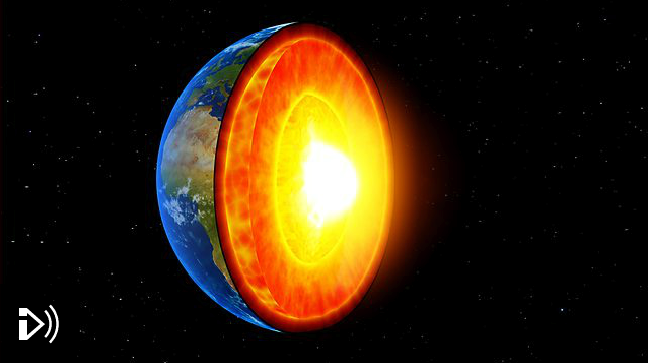
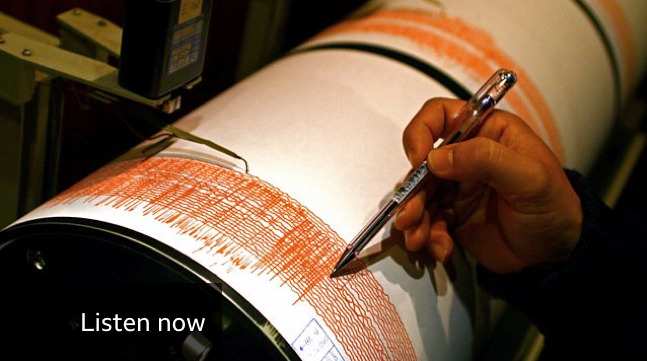
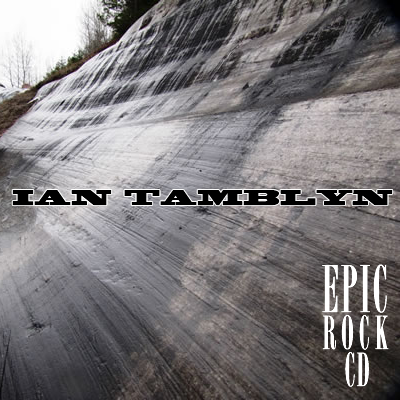
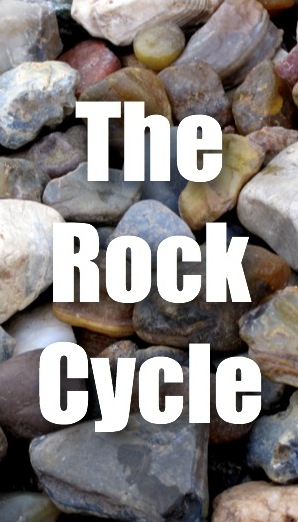
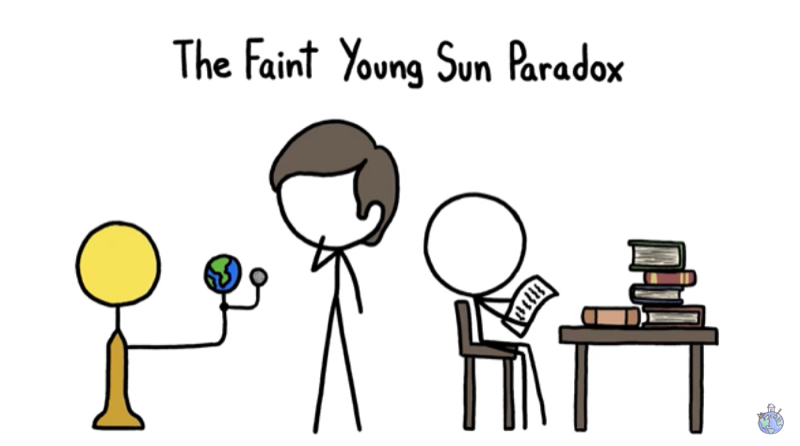
Teaching Science